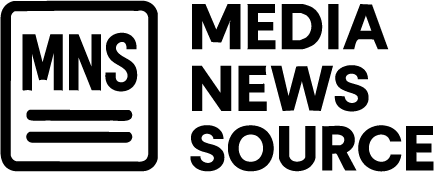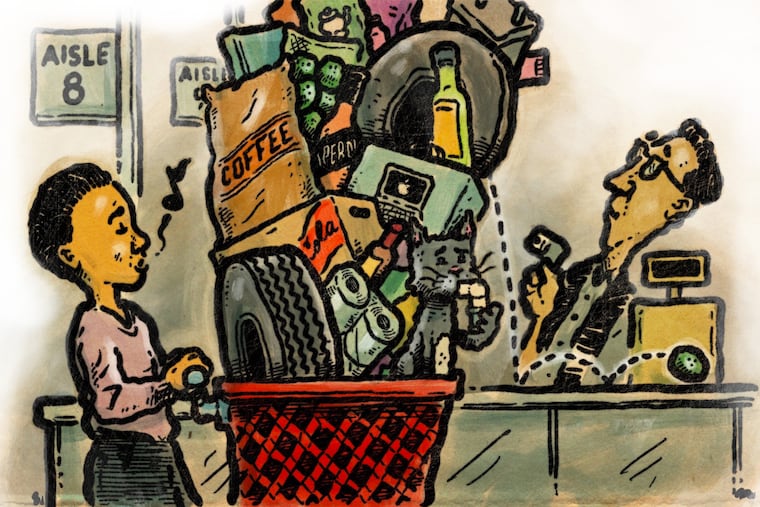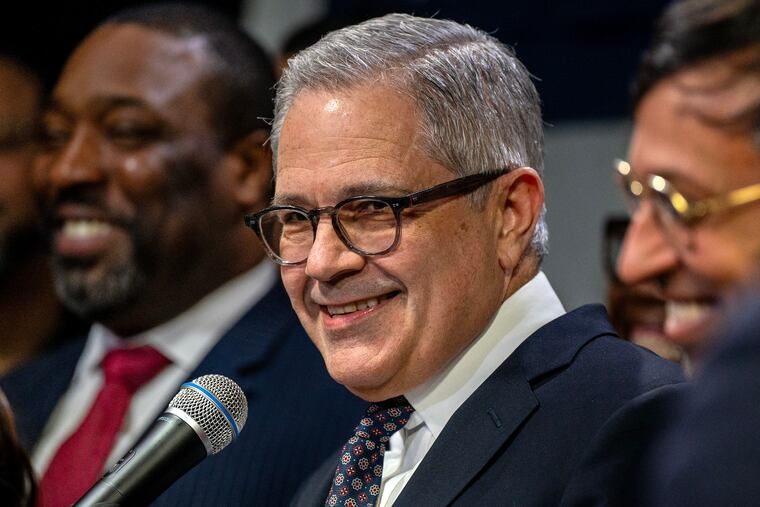Philadelphia-area shoppers satisfied with panic purchases of Korean skincare, Mexican sodas, and Japanese stationery amid ongoing tariff concerns.
In the wake of President Donald Trump’s announcement regarding comprehensive tariffs on a range of imported goods, U.S. consumers have demonstrated noticeable shifts in purchasing behavior. The proposed tariffs, initially set at 24% on many products, particularly those manufactured in countries such as Japan, sparked a wave of panic buying among consumers worried about impending price hikes.
Individuals like Danielle Hoch, a resident of Maxatawny, Pennsylvania, exemplified this behavior by swiftly purchasing essential items, such as stationery made with high-quality Japanese materials. Hoch, who spent on products including specialty pens and memo pads, expressed her concerns about the financial repercussions of the tariffs, even as Trump hinted at a temporary pause before their full enforcement.
The uncertainty surrounding the tariffs—intended to address trade imbalances and revitalize U.S. manufacturing—immediately impacted the stock market, which experienced a notable downturn. Concerned buyers rushed to acquire goods that they feared might soon become prohibitively expensive. Distinct categories of products, including electronics and gourmet food items, saw surges in demand as consumers attempted to stockpile before anticipated price increases took effect.
While the administration has since clarified its approach, imposing a baseline tariff of only 10% on most imports for an initial 90-day period, the anxiety surrounding these tariffs has not dissipated for many consumers in the Philadelphia area. Experts categorize panic buying as a common coping mechanism in times of economic uncertainty, suggesting that when consumers feel a loss of control, they often turn to purchasing as a method of self-soothing.
Behavioral trends in consumer spending have shifted dramatically since the financial crisis of 2008, reflecting a blend of immediate gratification and cultural identity. Recent purchasers, such as Jasmine Chen from Horsham, who spent over 0 on Asian goods during her honeymoon in Japan, indicated that their buying decisions were heavily influenced by emotional connections to their cultural heritage.
Diverse examples of panic buying underscore the nuanced motivations behind consumer behavior. As observed with pastry chef Anna Ferreira, who stockpiled Mexican Coca-Cola and Icelandic vodka, the desire to secure comfort items is prevalent among consumers. Even amid economic anxiety, such purchases sometimes serve as a vital emotional outlet.
Experts underscore that while the act of hasty buying may create temporary relief, it also has potential drawbacks. Economists caution that this behavior can artificially inflate demand, leading to shortages and unanticipated price increases—a phenomenon that could disproportionately affect lower-income households unable to preemptively buy in larger quantities.
As consumers navigate this ongoing landscape of tariffs and economic uncertainty, many feel pressured to make significant purchasing decisions, raising questions about sustainability and long-term financial impacts. Social and economic analysts warn that although immediate purchases may provide emotional relief, the broader implications of panic buying could complicate the path forward for consumers and retailers alike.







